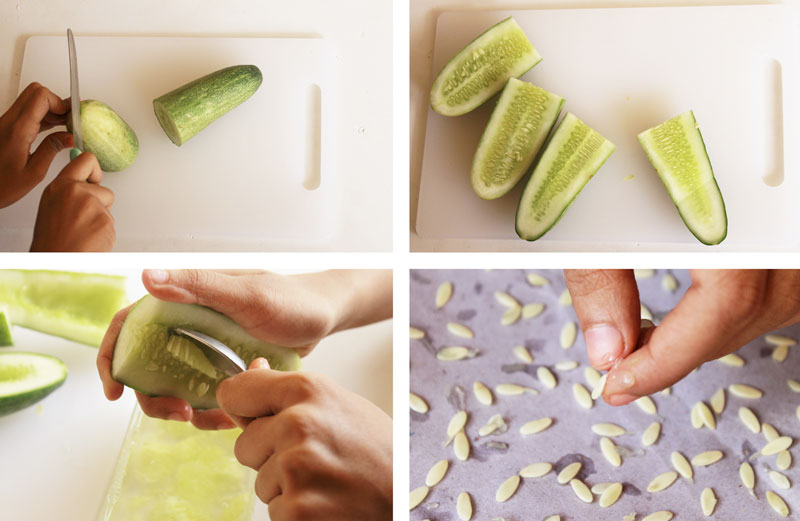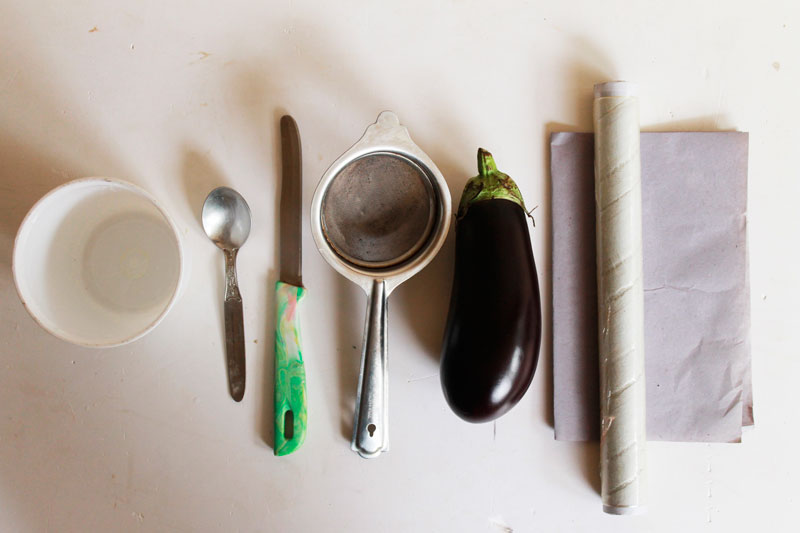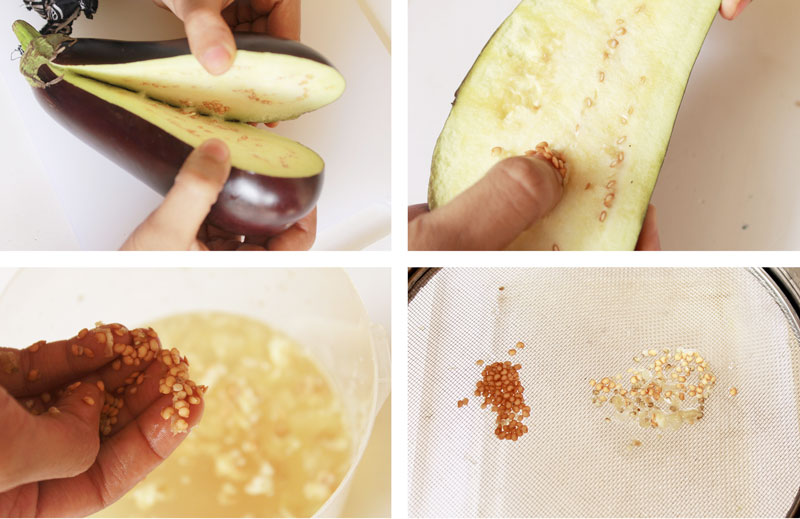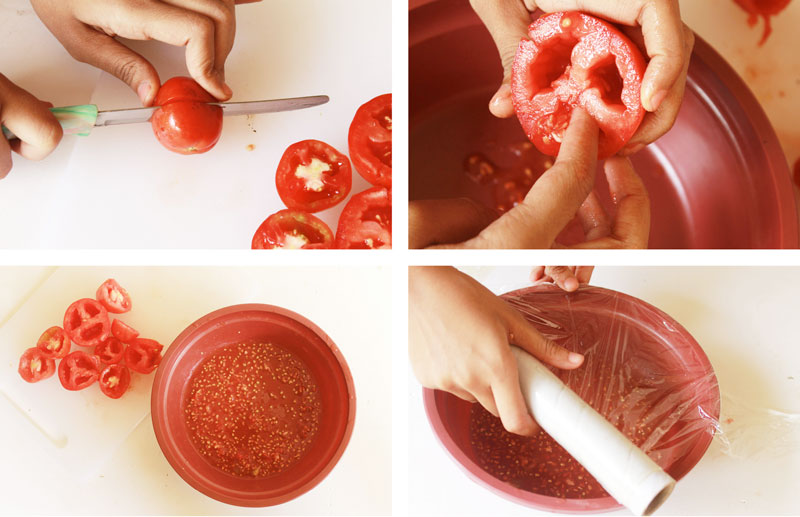In agriculture and gardening, seed saving is the practice of saving seeds or other reproductive material (e.g. tubers) from open-pollinated vegetables, grains, herbs, and flowers for use from year to year for annuals and nuts, tree fruits, and berries for perennials and trees. This is the traditional way farms and gardens were maintained.
The idea that we could purchase fruit and vegetables and extract plantable seeds from them fascinated us and we chose to research and test the different methods of doing this activity. We came across quite a few videos made by non-professionals, who shared their experience of saving seeds from the past few years. They all had their different methods and they were quite interesting. They saved seeds of heirloom vegetables from their own gardens or organic vegetables from the market. We need to keep one thing in mind: saving seeds from hybrid vegetables will not work out for sure.
We began our experiment by buying vegetables from the market, as we did not have access to vegetables from a garden. We bought tomatoes, brinjal (eggplant), squash and cucumber as these vegetables have seeds and it is easy to save them by following instructions. We began with cucumber and squash. It did not require much work; we just needed to leave the seeds in the water for an hour and wait for them to settle down. The floating seeds were thrown and the rest were rinsed and left to dry in the sun on a paper.
The process that we followed for Brinjal was the same as cucumber and squash. The only difference was that we did not have to leave the seeds in water for long.
Tomatoes have a similar process, but they need to be kept for a few days for fermentation, so that the gelatin that covers the seed dissolves in water and the seeds are left clean. The drying of the seeds requires, approximately 4-5 days depending on the amount of sunlight.
The experiment was successful to the extent of saving the seeds, but we still do not know whether the seeds, once sown, will germinate again or not, as we are not sure about the purity of the vegetables. We took our research forward and spoke to individuals from a National Seed Corporation in Bangalore and they assured us that the seeds produced will grow back if they are not hybrid.
Links to the videos of saving seeds:
Gardening: How to save squash seeds
How To Save Your Own Vegetable Seeds – Cucumbers
How To Save Tomato Seeds
FoodLab Bangalore – is a 3 week workshop the Center for Genomic Gastronomy conducted with sophomores from the Srishti School of Art, Design & Technology in the fall of 2011. Students will examine innovation and conservation in South Asian food cultures, building on recent research of the Center (utopian cuisines, mutagenic meals) and working towards the next edition of the Planetary Sculpture Supper Club to be held in Bangalore on Nov. 12th.
Follow the conversation all week here on our Blog, join in the comments and use the twitter hashtag #foodlabbangalore to keep up to date.








